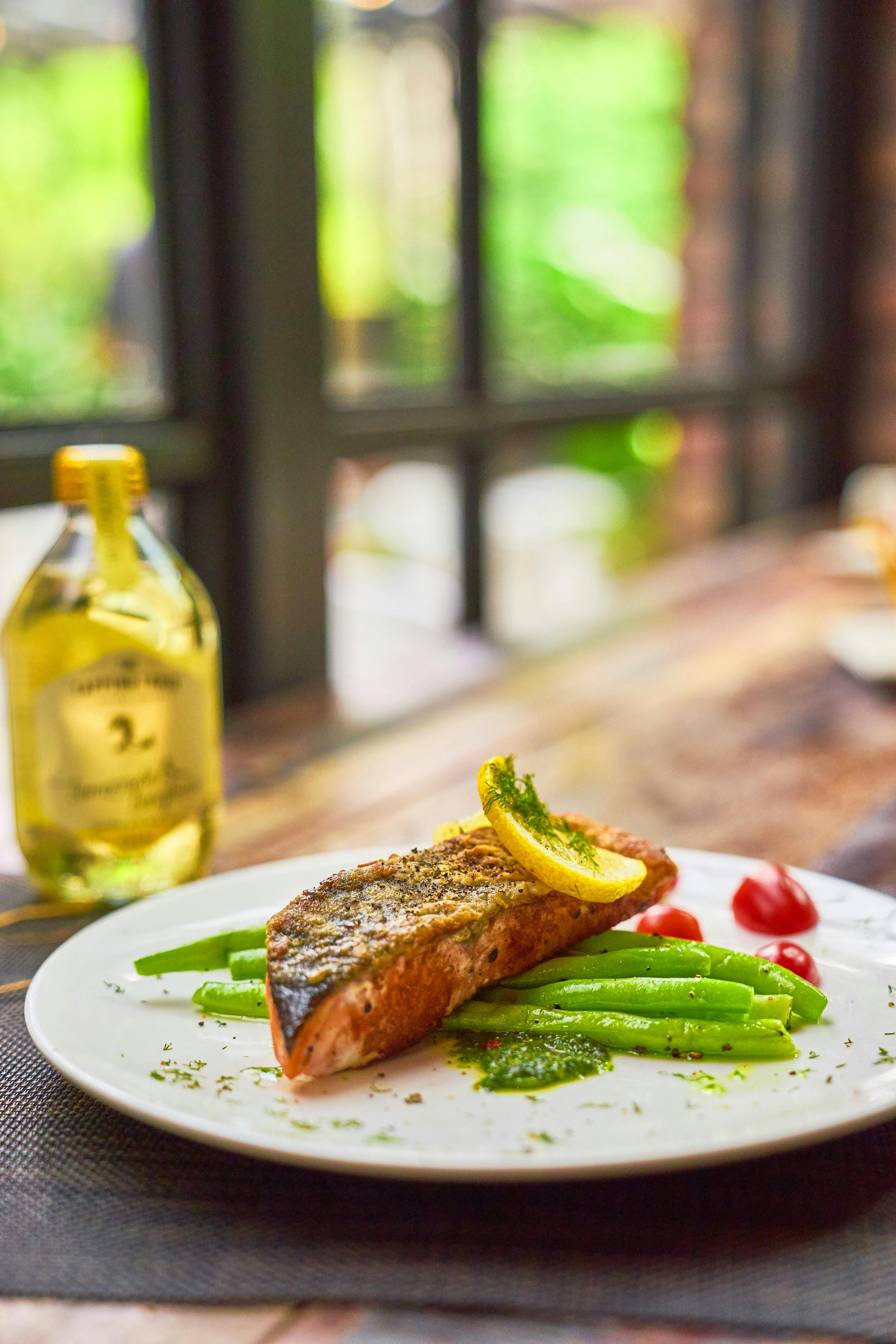Smart Ways to Pick a Sweet Watermelon in 2025
Watermelon, a perennial summer favorite, is perfect for picnics, refreshing snacks, and even gourmet recipes. Picking a sweet watermelon can elevate your summertime gatherings, but with a plethora of options available, how can you ensure you are choosing the right one? In this guide, we will explore the best tips and strategies for selecting juicy, flavorful watermelons. Whether you’re picking from a roadside stand, a local market, or your grocery store, understanding the signs of ripeness and sweetness is essential.
We'll dive into various techniques for evaluating watermelons, including key characteristics such as color, shape, texture, and aroma. Additionally, we will cover the significance of watermelon harvest time, the different varieties available, and popular tips for identifying the sweetest options. This comprehensive guide will help you navigate the watermelon selection process efficiently, ensuring you bite into only the best summer fruit.
By the end of this article, you’ll not only learn how to pick a sweet watermelon, but also discover practical insights for maximizing its flavor. Enjoy a more fruitful experience this summer with our expert watermelon selection tips!
Understanding Watermelon Characteristics and Quality Indicators
Before you start selecting a watermelon, it’s crucial to understand what makes a sweet watermelon. Identifying ripe watermelon relies on several key characteristics that can be seen and felt. Here are the details you need to focus on:
Signs of a Ripe Watermelon
When picking a watermelon, look for prominent signs of ripeness. One of the initial indicators is the skin texture. A ripe watermelon tends to have a dull exterior, whereas an unripe one will be shiny. Additionally, inspect the color; a rich green hue accompanied by a firm, smooth texture often points to maturity.
Another indicator is the field spot—this is the area where the watermelon rested on the ground. A creamy yellow color in this spot suggests that the fruit has matured on the vine, which contributes to its sweetness.
Evaluating Watermelon Shape and Size
The shape of a ripe watermelon is critical; opt for one that is symmetrical and uniform in shape. Avoid irregular shapes as they may indicate inconsistencies in growth and sweetness levels. Furthermore, consider the watermelon’s size; generally, a heavier watermelon often suggests higher water content and thus, likely better flavor. However, ideal size can vary depending on the variety.
Watermelon Color Indicators
Color plays a pivotal role in selectable characteristics. Look for those with bright, deep green skin, avoiding any watermelons that exhibit white streaks or spots. These watermelons often indicate poor development. Remember to check the color of the stripes as well; contrasting dark and light green stripes typically signify a ripened fruit.
For a more visual approach, explore how the various colors indicate sweetness levels through consumer advice and expert tips. Check out our associated links for detailed watermelon color guides: Watermelon Color Indicators.
Practical Tips for Selecting Sweet Watermelons
With the fundamental characteristics in mind, now let's delve into practical strategies that make choosing sweet watermelons easier.
Thumping Watermelon Techniques
One popular technique for evaluating watermelon sweetness is to thump the fruit. When you tap on the watermelon, it should produce a deep, hollow sound. This thumping technique is an art in itself; it indicates that the watermelon is full of water and ripe. If the sound is dull, it suggests the fruit is likely overripe or not juicy enough.
Checking the Watermelon Stem
Another method to evaluate ripeness is by examining the watermelon’s stem. A dried stem is a good sign, indicating that the watermelon is fully ripened. In contrast, a green or flexible stem could indicate that it was picked prematurely.
Skin Texture Analysis
The texture of the skin can also tell you a great deal about its ripeness. A good watermelon will have a firm and smooth skin, while undesirable watermelons may have soft spots or blemishes. Conduct a quick tactile examination to ensure that the skin is intact and firm.
Exploring Different Watermelon Varieties
Watermelons come in a fascinating array of varieties, each with unique characteristics and flavor profiles. Understanding these varieties can assist in making informed selections for your palate.
Popular Watermelon Varieties for Sweetness
Among the most common varieties, the Seedless Watermelon stands out for its sweetness and convenience. Additionally, the Icebox Watermelon is compact and perfect for smaller households, providing delicious taste without overwhelming size. The Sugar Baby is well-known for its high sugar content, making it an excellent pick for those seeking maximum sweetness.
Seasonality and Its Impact on Sweetness
The peak watermelon seasonality also affects flavor and sweetness. Watermelons are typically harvested in warmer months, with peak season occurring from late spring to early fall. Select your watermelons during this timeframe for optimal sweetness and freshness.
Watermelon Buying Guide for Shoppers
When shopping for watermelons, it's essential to read product labels carefully. Understanding watermelon labels can aid in selecting the ideal fruit. Opt for organic options when possible, as these are often sweeter and grown without harmful pesticides. In grocery stores, keep an eye out for local produce, as they tend to be fresher and more flavorful.

Watermelon Freshness Test and Packing Tips
Ensuring the freshness of your watermelon once brought home is equally important. Here are some tips for maintaining its quality:
Conducting a Watermelon Freshness Check
One of the simplest methods for checking watermelon freshness is to smell it. Lift it to your nose; a sweet, floral aroma indicates ripeness. Alternatively, if the watermelon gives off a more muted scent, it likely won't possess the desired flavor you seek.
Storage and Handling Tips
Properly handling and storing the watermelon after purchase can significantly impact its longevity and flavor. Keep whole watermelons in a cool, dry place or in the refrigerator if you have cut them. Moreover, avoid placing your watermelon next to ethylene-producing fruits like apples, which can hasten spoilage.
Perfect Watermelon Temperature for Serving
To fully enjoy the refreshing taste of watermelon, serving temperature matters. Watermelon is best enjoyed chilled, ideally around 50-60 degrees Fahrenheit. Consider refrigeration for the best flavor experience and to enhance those refreshing qualities.
Common Mistakes to Avoid When Picking Watermelons
Even seasoned shoppers can make mistakes when selecting watermelons. Below are common errors to avoid for a successful picking experience.
Avoiding Watermelons with Cuts or Dents
Inspect your watermelon carefully for cuts or dents. These blemishes can lead to quicker spoilage and diminished quality. Always select a watermelon without visible signs of damage to ensure maximum freshness.
Neglecting Size and Shape
While big watermelons can be tempting, don’t let size be the only factor in your selection process. Ensure the shape is symmetric and smooth as well. Remember, a small but heavy watermelon might surprise you with its sweetness.
Ignoring the Thumping Tip
Many buyers overlook the importance of the "thump test." Always remember to apply this method; it’s one of the oldest and most effective watermelon selection methods. The right sound can reveal a lot about the fruit’s internal quality.
Q&A Section: Answering Your Watermelon Concerns
What are the best tips for selecting a sweet watermelon?
Consider these tips: look for a dull outer skin, check for a creamy yellow field spot, thump for a hollow sound, and ensure the stem is dried. These indicators will help you choose the sweetest option.
How can I tell if a watermelon is ripe?
Inspect the watermelon for uniform shape and confirm that it feels heavy for its size. The field spot should be yellow, not white, and the skin should feel smooth and firm.
What are the differences between watermelon varieties?
Each watermelon variety has unique sweetness levels and characteristics. For example, seedless watermelons are convenient and sweet, whereas sugar baby varieties pack a big sweetness in a compact form. Knowing the difference can enhance your selection.
By understanding various aspects of watermelon characteristics, selection strategies, and freshness protection, you're positioned to enjoy the best that summer has to offer. Savor the hydrating benefits and delightful flavor of freshly picked watermelons, and elevate your next summer gathering with this sweet treat!

